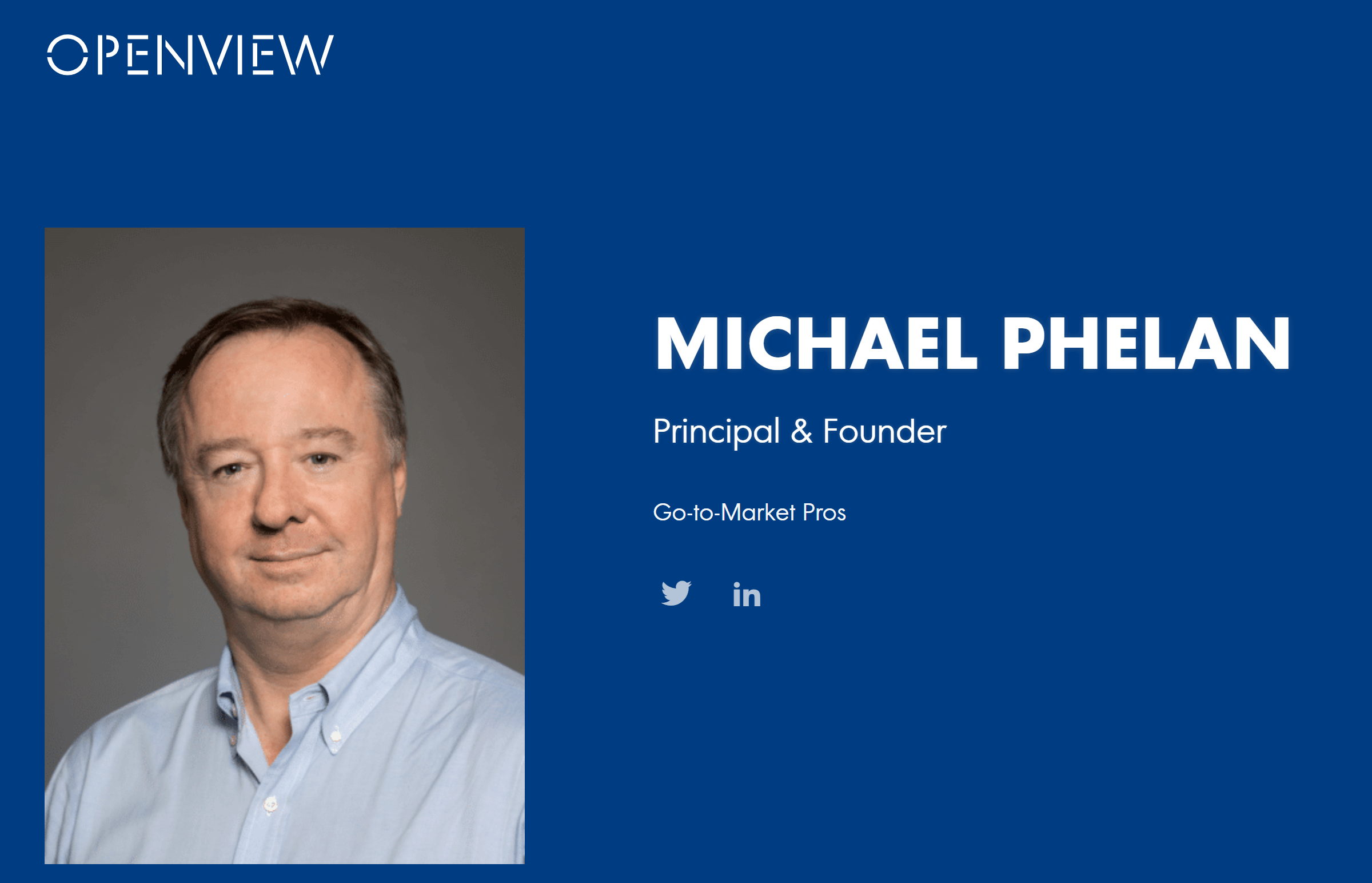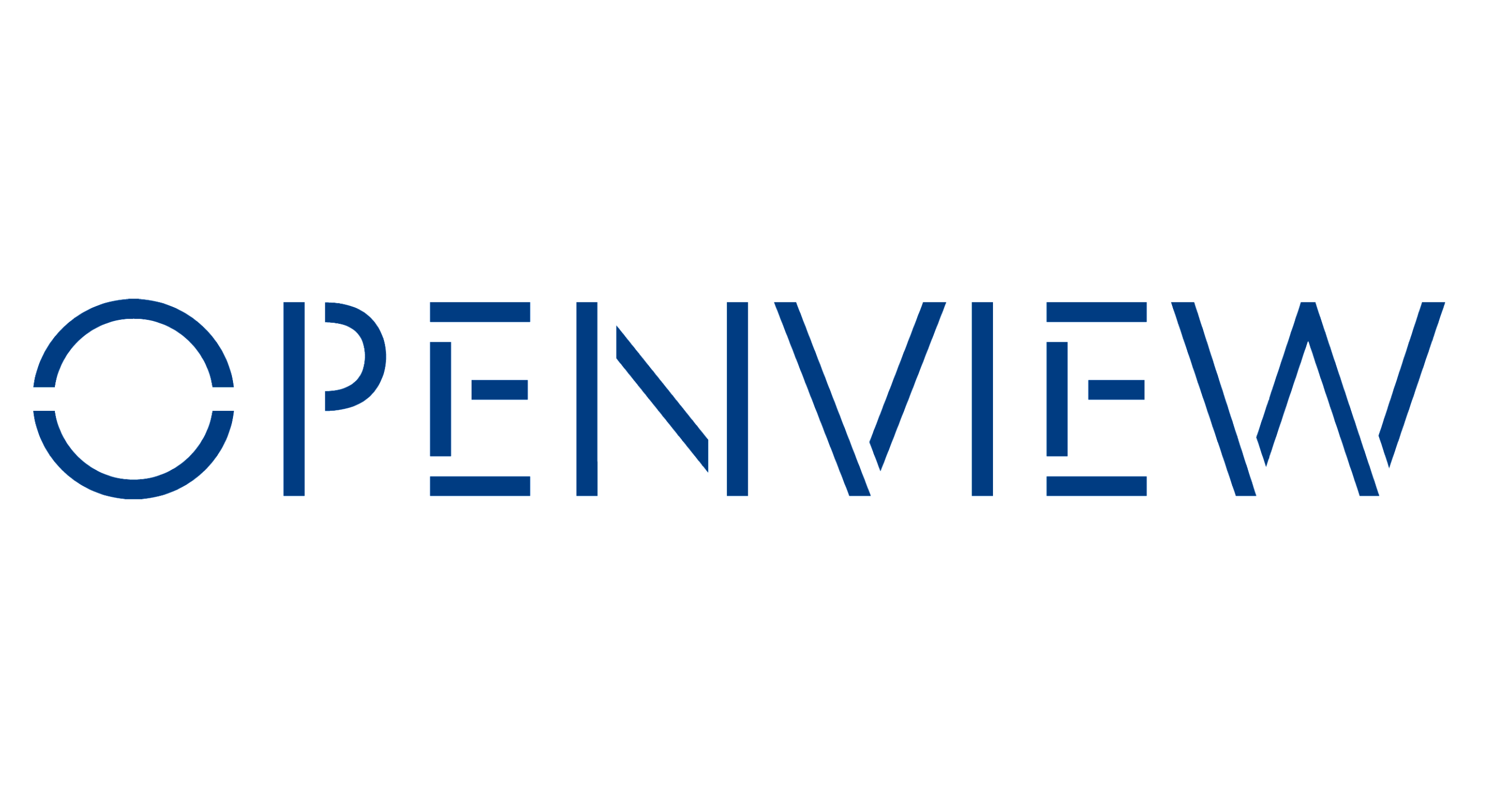“I want every brand to publish content like OpenView Ventures.”
I’ve been saying this ad nauseam since 2013 when nDash first got started. This is not a coincidence.
For those unfamiliar, OpenView is an expansion-stage VC firm here in Boston. They’ve backed some of the most successful B2B companies in the space and published a massive amount of content aimed at SaaS founders and executives.
Over the last few years, as a SaaS founder myself, I’ve really come to appreciate their content on a topical level (more on this later). Still, at the time of introduction, I was particularly blown away by their content operation.
Back then, OpenView had a marketing team of two yet somehow managed to publish blockbuster pieces on a daily basis. We’re talking 1500+ word articles with research, stats, quotes, and deep insights. While many brands struggled to publish once per month, these guys made it look effortless. How did they do it? And how do they keep doing it today despite lots of new faces?
With a community-based approach to content creation.
In our latest installment of Content Community Pioneers, I’d like to give them a long overdue shout-out and take a closer into what’s made them so successful so that your brand might do the same.
Number of Authors
One of the first things you’ll notice about OpenView Labs (their content site and resource center) is a roster of authors that never seems to repeat itself. Every month, it feels like you’re introduced to an entirely new set of contributors. Notice in the screenshot below, for example, that seven different writers authored their last eight posts.

By contrast, it’s quite common to see a B2B brand that only has three to four contributors per year. Much of this stems from a brand’s inability to define a set of editorial standards for others to follow. They are often obsessed with “brand voice” but aren’t able to convey that to anyone but themselves. As a result, they limit the number of people who are able to contribute, thereby limiting the amount of content they are able to publish.
Not so with OpenView. Although their in-house team plays a significant role in maintaining consistency, this doesn’t involve writing (or re-writing) everything themselves. Instead, they take on the role of managing editors and delegate much of the creative work.
Publishing Frequency
With an ever-expanding list of authors, OpenView has been able to keep an aggressive publishing cadence since the start. This is typically between 4-6 long-form posts per week, in addition to podcasts, guides, and other forms of content. I’m reminded of this every Saturday when they send me their weekly newsletter highlighting all of their recently-published work.
Their cadence isn’t simply the result of having lots of writers, however. Editorial planning also plays a big role. If I had to guess, I would say that OpenView has its content calendar planned out at least 2-4 months in advance, maybe longer. Again, by contrast, it’s typical for many B2B brands to plan blogs one post at a time, never able to get ahead.
It’s easy for a marketing department to hyper-focus on quality and publish once per quarter. It’s just as easy to pump out a large volume of low-quality material. As demonstrated by the OpenView team, a community-based approach to content gives you the ability to strike a balance between quality and volume — something very few brands achieve.
Experts & Influencers
Perhaps the most impressive aspect of the OpenView content model is the caliber of writers involved. Instead of relying solely on the marketing department (or generalist freelance writers), OpenView seeks out contributors based on their firsthand experience in a particular field or industry. It’s less about their writing skills (though they are all top-notch) and more about the insights and expertise they bring to the table.
To give you a better sense, here’s a quick snapshot of their author bios from the past few weeks:
- Ryan Macinnis, Director of Marketing at Notarize
- Oji Udezue, VP of Product and Design at Calendly
- Lindsay Bayuk, VP of Product Marketing at Pluralsight
- Travis Kaufman, VP of Product Growth, Aptrinsic
- Justin Gallagher, Head of Product Management at Trello
- David Apple, VP of Customer Success at Typeform
- Jonathan Kim, CEO of Appcues

While your brand might not be able to consistently get people like this to contribute, you should make a point to prioritize experience and insight over availability when it comes to who does the writing.
Understanding of Audience
When I first started nDash (as an agency), the topics being covered on OpenView Labs were not of much interest to me. While I was worried about selling retainers and bookkeeping, they were writing about SaaS churn, product-led growth, and scaling an inside sales team. It wasn’t until we pivoted to a SaaS/community model that these topics really started to resonate.
Spend a few minutes on their site, and it becomes immediately clear that they have a deep understanding of their audience. They don’t partake in clickbait or publish material that’s clearly designed for SEO purposes. Instead, they tackle important issues and publish content designed to help their audience overcome a specific challenge. The content is meant to serve the audience, not the other way around.
It’s easy to get sidetracked by page views, social shares, and other vanity content metrics. Ultimately, success is defined by its usefulness to an audience. OpenView is a perfect example of this.
Open to New Ideas
Editorial calendars are often dominated by a small group of marketers, leading to stale, repetitive content. Not so with OpenView. As you might expect from a community-based operation, OpenView is always fielding ideas from the outside world. Although they are highly selective with the topics they choose, this openness gives them the ability to put forth a diverse editorial calendar with a wide range of views and perspectives.
The content community model isn’t just about assigning (or outsourcing) tasks to a large pool of writers. It’s about collaboration at all phases of the content creation process, including ideation.
Final Thoughts on OpenView’s Content Community
Prior to starting nDash, I had been a content marketing manager for a growing SaaS startup. After a few years of writing 1-2 blog posts per day (in addition to emails, web copy, case studies, etc.) I had completely burned myself out. OpenView was really the first brand to show me that quality content at scale was possible, even with a small team. From that point on, I made it my personal mission to help other brands achieve similar results. This is why nDash got started in the first place.
If you’re interested in learning more about the concept of a content community, check out this blog post.
If you’re interested in adopting this model for your own brand, then be sure to create a free account on nDash.
Thanks for reading!
